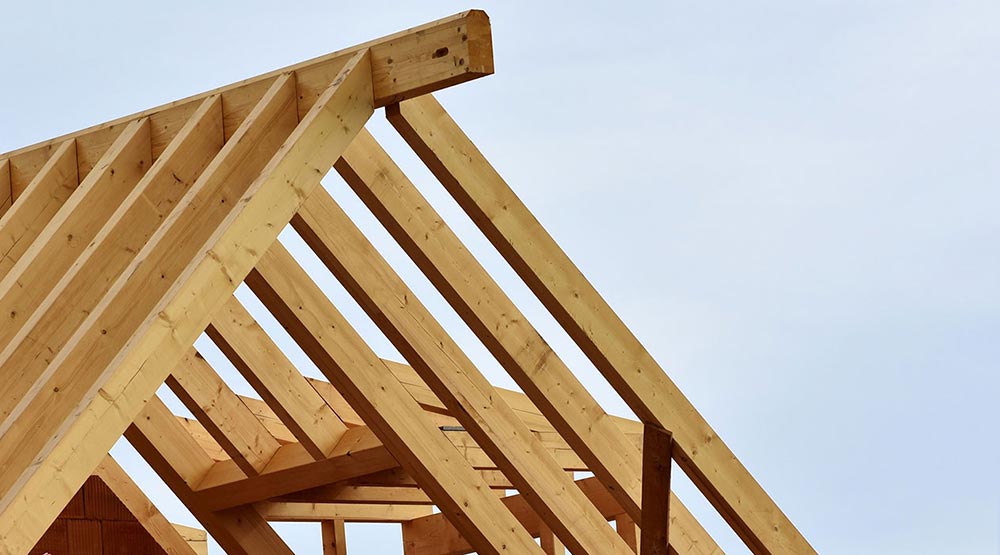A trend that doesn’t seem to stop, based on important advantages such as sustainability and safety. a made in Italy that fascinates everyone.
If we think of the Neolithic and its stilt houses we might be amazed by the fact that nowadays, in Italy, one house in 14 is built of wood. And even more curious is the fact that highlights how this trend does not want to stop but, on the contrary, is finding ever greater influence on the final consumer, who seems to want to return to an apparently “dated” building school.
But perhaps the data that has emerged helps us to better understand what nature and its raw materials can still do for modern man, within a panorama which, despite the now advanced industrialization and the continuous technological push, lends ever more attention to the environment around it and to the global well-being of individuals and the ecosystem. And perhaps because Nature, with its rules and benefits, has always been the true teacher of both ancient and modern man, defining itself as a real and ever new source of sustenance and well-being.
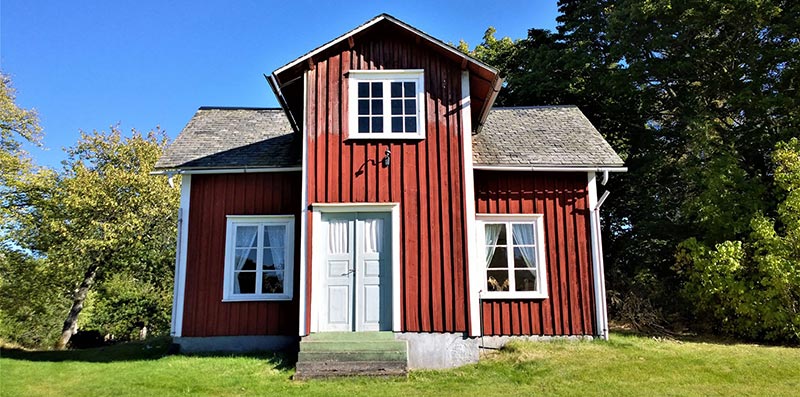
Therefore, according to the 2nd Report on Wooden Houses and Buildings presented by the Federlegno Arredo Eventi Study Center, 7% of the total building permits in 2015 concern residential and non-residential buildings made of wood: 3,400 new homes built with this material for a value of approximately 696 million euros. Based on the processing of data provided by over 200 companies involved in the survey, the Report photographs and analyzes the market for wooden buildings in Italy, highlighting a significant interest from the clearly growing domestic demand.
In addition to these data, it should not be forgotten that Italy was awarded fourth place in the European panorama in the ranking of countries producing wooden buildings, highlighting above-average growth.
All this must further be read starting from the context from which it is taken: in 2015 the construction sector still presented a state of impasse, symptomatic of a long period of suffering due to the economic crisis and the difficult ability to recover on the part of Italian companies in the sector. It is therefore a figure that goes strongly against the trend, which significantly increases the importance and relevance it entails and allows for a more optimistic vision of the future of the sector itself. An optimistic vision which is confirmed by the data collected and processed at the beginning of the year by Acimall (Italian Association of Manufacturers of Woodworking Machinery and Accessories), which sees the production of Italian woodworking technology at +10.4% turnover in 2016 compared to 2015. This presupposes, or at least helps to hope, that 2017 will be the turning point year, in which our country could move towards the fourth industrial revolution.
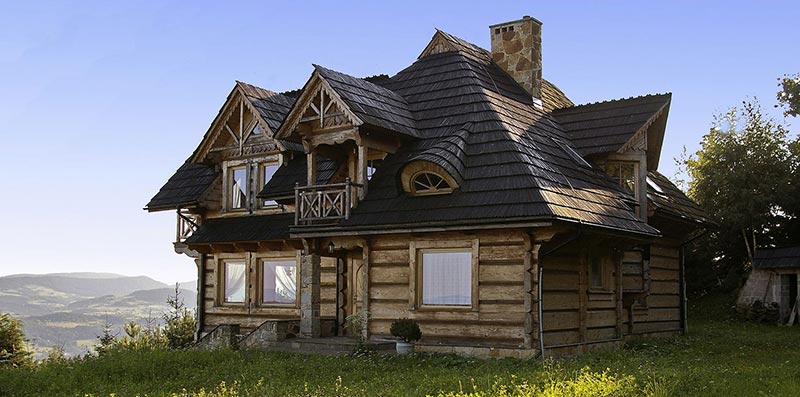
Emanuele Orsini, president of FederlegnoArredo, commenting on the Report presented, underlines how our companies have been able to achieve highly technological results in many important areas, making “made in Italy” even more innovative and quality: “What we read in the report are numbers significant, but even more importantly they confirm the ability of our companies to offer the market solutions capable of achieving exceptional performance in terms of energy saving, sustainability, anti-seismic safety and economic competitiveness. Whether it is a building used for private use or a public structure, wood manages to guarantee times and results that place it above all other construction materials. And not just in Italy anymore. As the research presented today shows, “made in Italy” wooden houses are in fact increasingly appreciated even abroad, so much so that exports have exceeded import levels for the first time.”
A “made in Italy” in the name of sustainability, energy saving and safety, therefore, combined with very high technological standards and the great all-Italian ability to best personalize the offer.
And the relevance of the 3 industrial centers in the sector is also very important, which perfectly reflect the data provided by the Report on the territorial distribution of housing: Lombardy confirms itself in first place with 20% of the buildings built, followed by Veneto (18%) and ‘Emilia Romagna (15%).
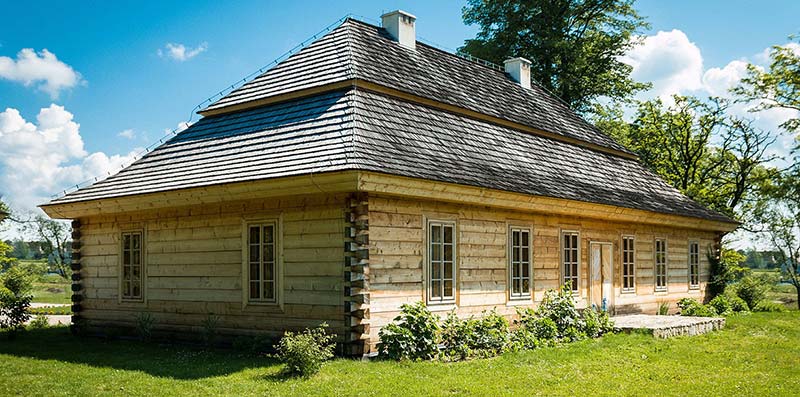
Marco Vidoni, president of Assolegno, also comments positively on the data presented in the document: “I strongly wanted this second edition of the report because I believe it is essential to highlight the important contribution of research and development that our companies are providing to create beautiful and safe in whatever territory they are built.”
But all this seems to be mainly due to the intrinsic characteristics of the wood itself. Its sustainability, safety and versatility make it a recyclable material that best responds, in addition to the need to save energy, also to anti-seismic functions, making it useful in the field of safety and prevention, also allowing very rapid construction times. This has made it possible to meet the needs of an increasingly attentive and above all competent clientele in the best possible way, demonstrating the success of the effort of national sector companies which in recent years have invested heavily in technologies to obtain increasingly high-performance solutions that are adaptable to every context.
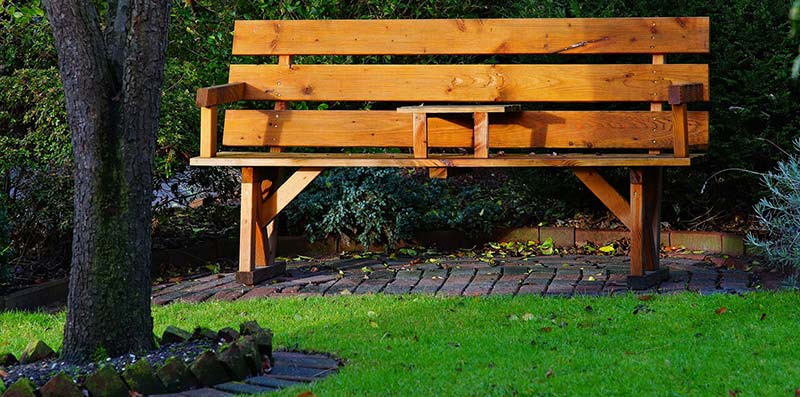
We are therefore faced with a widespread diffusion of wooden buildings in our cities, with examples of multi-storey buildings from Milan to Rome, from Turin to Rimini, to Jesi. Construction works that testify to the all-Italian spirit of making a virtue of every necessity, a quality of which we can continue to be absolutely proud.
The comment by FederlegnoArredo president E. Orsini is therefore also significant and timely, following what has been said so far:
Who would have thought, just a few years ago, that we would be able to sell wooden houses to the Germans?

